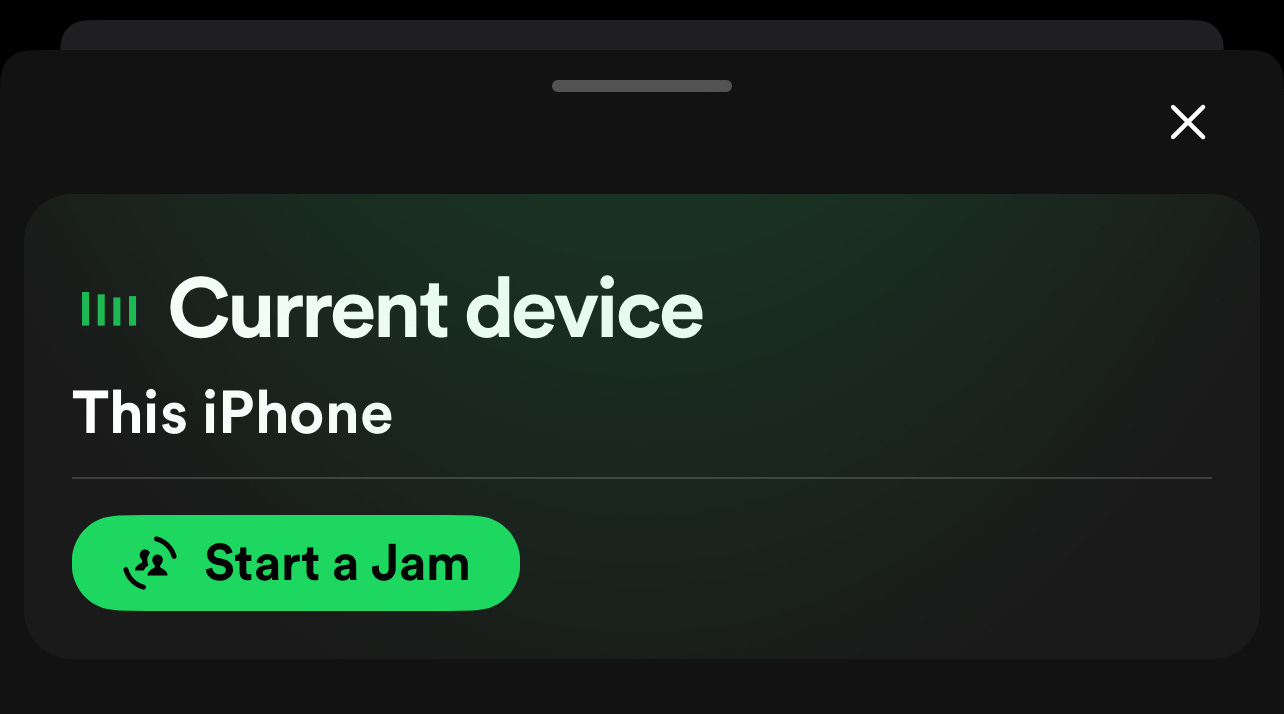1 • Getting the MOST from LLMs
A series of USEFUL conversations about OpenAI’s GPT series + Anthropic's Claude + Google’s Gemini + Meta’s LLaMA + IBM’s Granite + Mistral AI's models
When discussing with technology, there can be a fine line between unneccessary jargon suited only for experts, and genuinely ‘helpful’ information that enhances your practical understanding. Take, for instance, your SmartPhone. We all learn enough about our phones to:
make and receive phone calls
check our favorite social media posts
play music or stream shows
However, the nuanced capabilities that refine the experience with each application - often require personal tine and effort to better understand. In other words - we all know our phone (and the apps we added) can do more.
Let me share a quick example…
We recently took a weekend trip to Colonial Williamsburg in Virginia - where my wife and I took MOST of our kids (and their significant others) to Busch Gardens —it was an awesome trip. The drive was over 4-hrs. While driving, I was connected to the car’s bluetooth and was playing music from my Spotify account. I knew how to do those things.
My youngest two sons - Wes (16) and Mat (18), were in the car with us. Mat asked to ‘Start a Jam’ on my phone. He set it up so that he (and anyone else in the car) could pick and play the next song from their phones > through my phone > and out of the car speakers.
That story has nothing directly to do with LLM or AI in particular, but I point it out - because often we learn to use technology (in this case, Spotify) enough to ‘perform basic tasks’ (play a song, connect to an external speaker) and feel that we know enough.
You have surely given some LLM a try, gotten some results, and formed an opinion based on your experience. But what if there is MORE? The “more” I will show you over the next several posts not only fundamentally changes how you will THINK about LLMs, but will drastically impact the way you use the technology—and probably how you do everything - once you know.
My goal over the next series of posts, is to help you ramp up your prompting game with whichever LLM you dive into - OpenAI’s GPT series + Anthropic's Claude + Google’s Gemini + Meta’s LLaMA + IBM’s Granite + Mistral AI's models.
Starting a jam session… which ALSO means - do feel free to make a comment, or ask a question on the post if you need clarity or get inspired!!! Now, let’s dive in to LLMs. For the non-techies, this may feel a bit like walking through a muddy-field, where ever step adds gunk to your shoes and makes walking difficult. Wade just a few steps with me, and we will make sense of these things — then put them to practical use.
Understanding LLM
LLM = [ Large Language Model ]
“A large language model (LLM) is a type of artificial intelligence (AI) program that can perform natural language processing (NLP) tasks. LLMs are trained using large amounts of data, such as text from the internet, to recognize, translate, predict, and generate text. LLMs are also known as neural networks because they are inspired by the human brain and use a network of nodes similar to neurons. LLMs are used in many fields, including healthcare, software development, and AI applications like chatbots and AI assistants.” - Google Gemini answering “What is a LLM?”
Lots of words there. Let’s dive into this with some simple takeaways.
Keep reading with a 7-day free trial
Subscribe to AI Lab to keep reading this post and get 7 days of free access to the full post archives.





